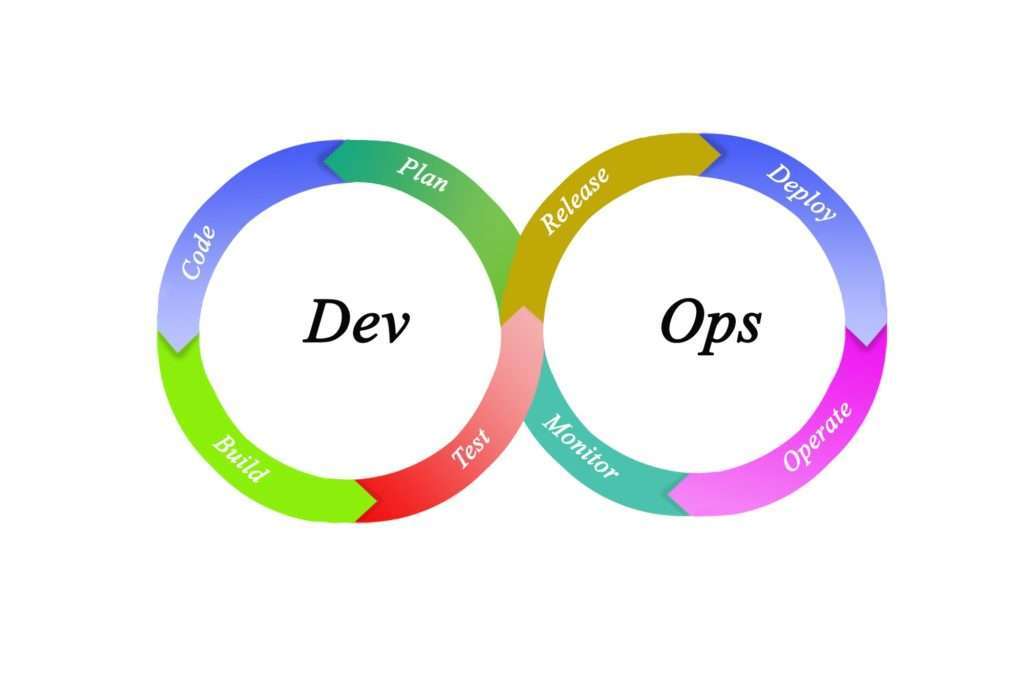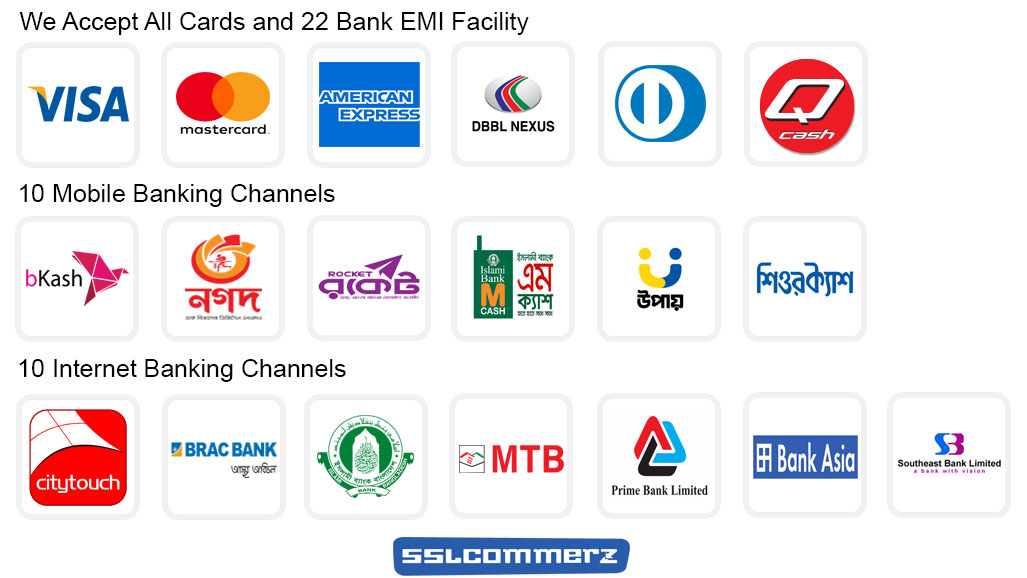DevOps Engineering

DevOps is a culture which promotes collaboration between Development and Operations Team to deploy code to production faster in an automated & repeatable way. The word ‘DevOps’ is a combination of two words ‘development’ and ‘operations.’
DevOps helps to increases an organization’s speed to deliver applications and services. It allows organizations to serve their customers better and compete more strongly in the market.
In simple words, DevOps can be defined as an alignment of development and IT operations with better communication and collaboration.
Course Objectives
After completing this course, students will be able to :
- Analysis: Analysis of the entire business requirement and then gathering the necessary information or data.
- Design: Putting all the gathered data into a proper format and then proceed with the development activity.
- Code: Optimized and ready to move codes should be developed by the development teams.
- Compilation: Simultaneous compilation of codes to keep a check on the beauty of the code.
- Test: Without this phase, any software product is not ready for deployment, therefore, it is very much needed to go through testing in each phase.
Target Audience
- DevOps Engineers
- DevOps Architects
- Operations Engineers
- System Administrators
- IT Professional
Course Pre-Requisites
- Containers Understanding
- Understanding the DevOps Tools and Technologies
- Knowledge of Scripting Languages
- DevOps Training and Certification
- Knowledge of Automation Tools
- Excellent Collaboration and Communication Skills
- Knowledge of Networking fundamentals
- Overall Computer Science Knowledge
- Logical Attitude
- Passion
Course Summary
Course Fee
৳ 18,000
Training Method
Offline/Online
Total Modules
12
Course Duration
60 Hours
Total Session
30
Class Duration
2 Hours

Details Course Outlines
Module-01
DevOps Fundamentals
- 1. Introduction of DevOps
- 2. Prepare Lab Environment
Module-02
Web Server
- 1. Basic Understanding of Web Server with Real Example
- 2. Install and Configure Web Server Basic to Advance
- a. Virtual Hosting
- b. Reverse Proxy
- c. Install SSL Certificate
- d. HA proxy concept and Installation
Module-03
Ansible of Configuration Management
- 1. Automation concept for Linux server
- 2. Install and Configure Ansible
- 3. Run Ad Hoc Command
- 4. Write Ansible Playbook
- 5. Use Ansible Galaxy
Module-04
GIT Version Controlling
- 1. GIT Features
- 2. 3- Tire Architecture
- 3. GIT- Clone, Commit, Push, Pull
- 4. GIT Marge, Rebase, Stash, Reset, Checkout
Module-05
Jenkins CI/CD Pipeline
- 1. Install and Configure Jenkins
- 2. Different types of Jenkins Jobs
- 3. Jenkins Build Pipe Line (Sequential Builds, Jenkinsfile)
- 4. Jenkins Master & Slave Node Configuration
- 5. Securing Jenkins (Authentication, Authorization, Confidentiality & Creating Users)
- 6. Jenkins Plugins (Installing Jenkins Plugins, SCM plugin, Build and test)
Module-06
Prometheus and Grafana Monitoring
- 1. Install Prometheus, Grafana on Linux server
- 2. Collect the time series matrix from multiple nodes
- 3. Visualize matrix data in the Grafana Dashboard
Module-07
Docker Containerization
- 1. Install and configure Docker in the Linux platform
- 2. Learn about Docker Hub and Docker CLI
- 3. Docker Image creation and management
- 4. Dockized a sample application using docker-compose
Module-08
Kubernetes Orchestration of Docker Container
- 1. Learn what is Kubernetes? Why we will use Kubernetes?
- 2. Install and Configure Kubernetes cluster
- 3. Deploy a real project in the Kubernetes cluster
Module-09
AWS Cloud Computing
- 1. Discuss cloud computing
- 2. The architecture of the cloud environment
- 3. Create custom VPC
- 4. Lunching first Ec2 Instance
- 5. Learn about EBS, S3 bucket
- 6. Introduction of RDS
- 7. Introduction of Route53
Module-10
AWS CI/CD Pipeline
- 1. AWS code pipeline basic
- 2. CI/CD Pipeline with CodeCommit, CodeBuild, and CodeDeploy
- 3. Creating a CI/CD pipeline with AWS CodePipeline
Module-11
Infrastructure Design
- 1. Monolithic Architecture
- 2. Two-tier Architecture
- 3. Three-tier Architecture
- 4. Hardware Sizing
Module-12
Infrastructure as a Code (IaaC)
- 1. Introduction to Infrastructure as Code
- 2. Getting Started with Terraform
- 3. Working with Terraform
- 4. Terraform with AWS
- 5. Terraform Provisioners
